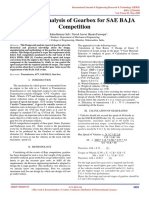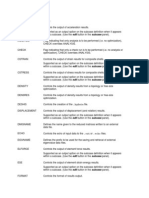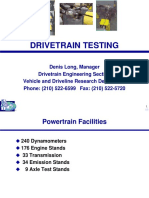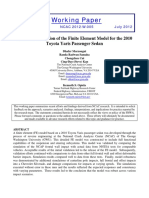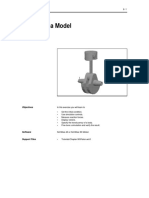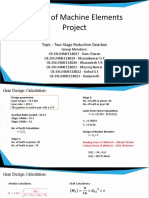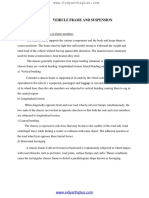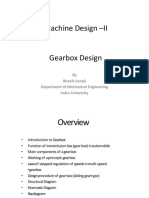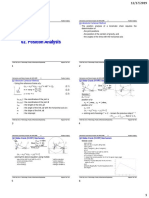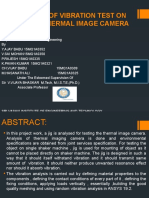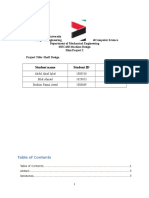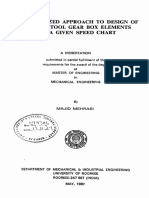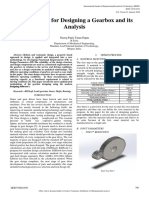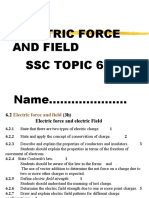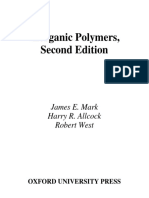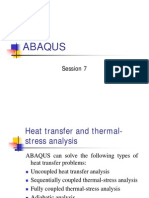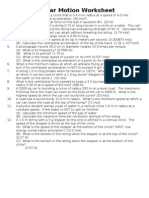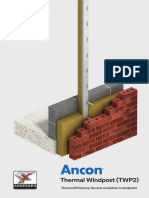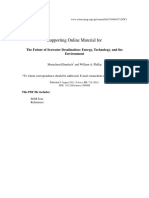0% found this document useful (0 votes)
178 views33 pagesGearbox Project Report
The report details the design and analysis of a single-stage gearbox for a mechanical engineering project, including specifications such as an input speed of 1800 RPM and a gear ratio of 7.2. The team conducted calculations for gear teeth, shaft design, and selected components based on manufacturer data, ensuring all parts meet required loading and fatigue standards. Finite Element Analysis (FEA) confirmed that the shaft's critical speed exceeds operational limits, indicating a successful design process.
Uploaded by
Bharani BskCopyright
© © All Rights Reserved
We take content rights seriously. If you suspect this is your content, claim it here.
Available Formats
Download as PDF, TXT or read online on Scribd
0% found this document useful (0 votes)
178 views33 pagesGearbox Project Report
The report details the design and analysis of a single-stage gearbox for a mechanical engineering project, including specifications such as an input speed of 1800 RPM and a gear ratio of 7.2. The team conducted calculations for gear teeth, shaft design, and selected components based on manufacturer data, ensuring all parts meet required loading and fatigue standards. Finite Element Analysis (FEA) confirmed that the shaft's critical speed exceeds operational limits, indicating a successful design process.
Uploaded by
Bharani BskCopyright
© © All Rights Reserved
We take content rights seriously. If you suspect this is your content, claim it here.
Available Formats
Download as PDF, TXT or read online on Scribd
/ 33
